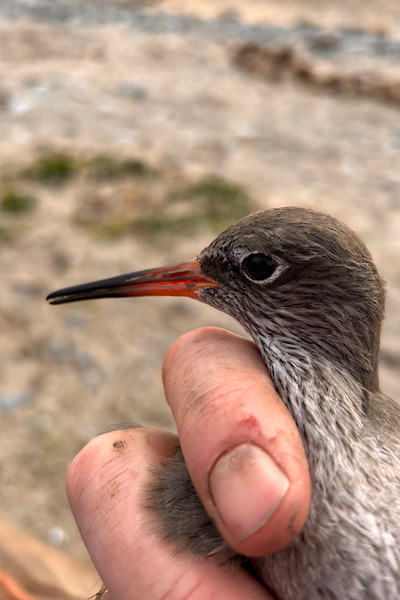Australia possesses some truly unique wildlife. Not least are a group of egg laying mammals called monotremes. There are two species of monotreme in Australia. The star of many wildlife documentaries, the Duck-billed Platypus and the lesser known Echidna. The Echidna resembles our hedgehog in that it has a protective body armour of spines. However the resemblance is superficial. Apart from laying eggs, as opposed to the normal mammalian trait of giving birth to live young, Echidnas have forward facing claws on their front feet and backwards facing claws on their rear feet so they can quickly dig themselves a burrow and escape danger. They also have a four-headed penis! Don't ask me how that works. My biology degree didn't extend that far as to study the sex lives of Echidnas but theres an explanation here: Echidna
I've been lucky enough t osee both species of Australian monotreme and on our most recent trip we came across an Echidna ambling along the side of the road. When it realised we were close it started digging its way into the bank. Deciding to wait until it felt safe enough to move on I waited whilst my wife walked on. After 40 minutes waiting in the baking sun I gave up. Photographer 0 - Echidna 1. The only photo I got was of a spiny ball half buried in a roadside embankment.
A few years ago, on a trip to Merimbula, we were fortunate to find an Echidna outside our apartment. That one gave much better views.
They're truly remarkable little animals and I can't help smiling everytime I see one. An egg laying mammal with a four headed penis. How ridiculous!

































































